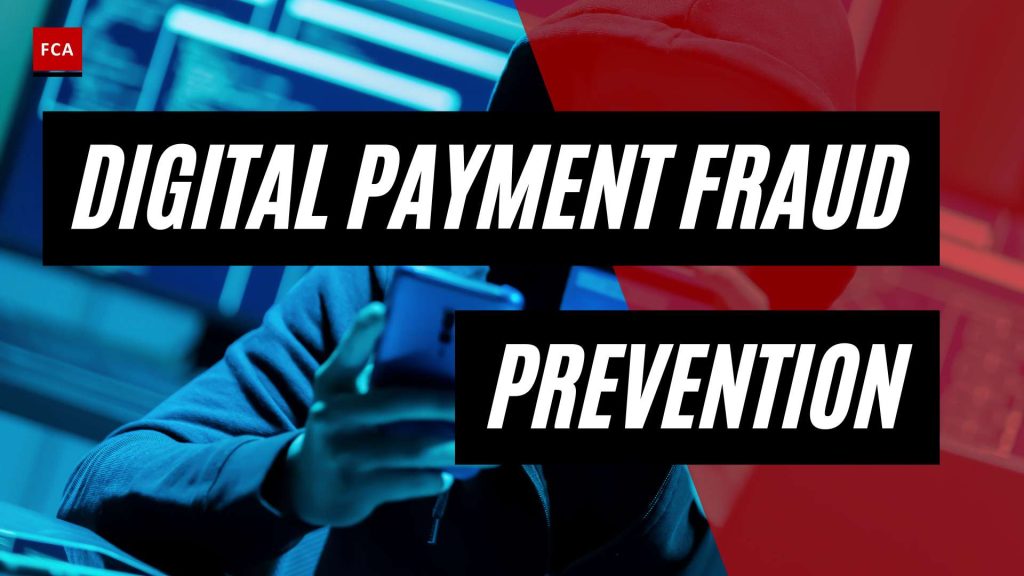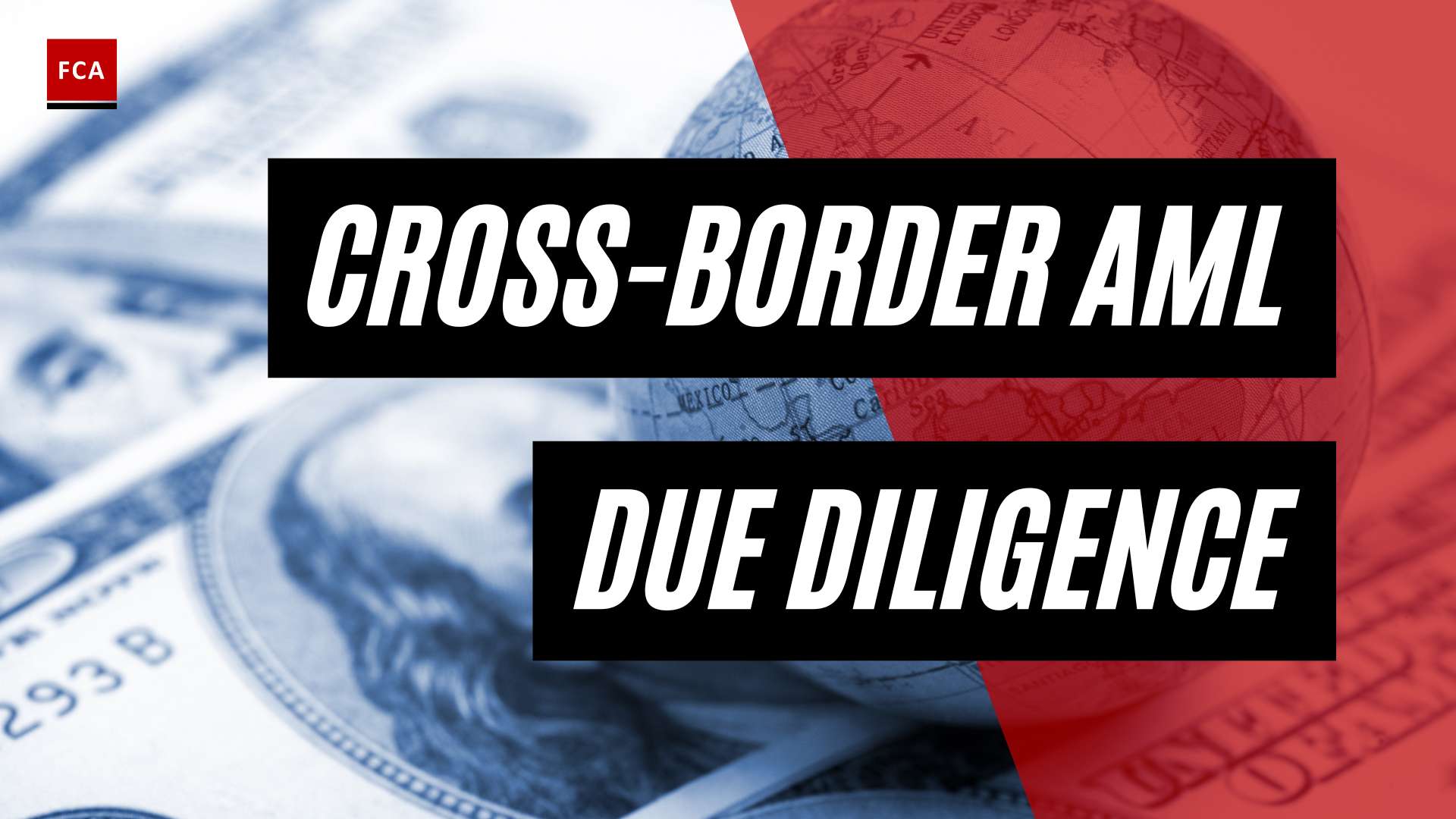The Rise of Digital Payment Fraud
As digital payment methods continue to gain popularity, the risk of digital payment fraud has increased significantly. Fraudsters are constantly adapting their tactics to exploit vulnerabilities in digital payment systems, leading to substantial financial losses for businesses and consumers alike. Understanding the scope and types of digital payment fraud is crucial for implementing effective prevention measures.
Global Increase in Digital Payment Fraud
The rise of online shopping and the widespread adoption of digital payment methods have contributed to a surge in digital payment fraud. According to Fraud.com, global losses due to card fraud are projected to reach $40.53 billion in 2027, a significant increase from $22.8 billion in 2021. In 2020 alone, approximately 700 million people worldwide fell victim to phishing attacks, many of which resulted in payment fraud (Fraud.com).
To put the impact of digital payment fraud into perspective, the Association for Financial Professionals reported that fraud rates for companies average between 1% to 2% of revenue, with a peak of 3.3% in 2020. This represents a significant financial burden for businesses (Stripe). The increase in online retail fraud rates, with shipping fraud rising by 292% and financial services fraud by 149% in 2020, further highlights the urgency of implementing robust fraud prevention measures.
Types of Digital Payment Fraud
Digital payment fraud encompasses various strategies employed by cybercriminals, fraudsters, and organized crime rings to defraud businesses and consumers. Understanding the different types of digital payment fraud is crucial for identifying vulnerabilities and implementing appropriate prevention measures.
-
Synthetic Identity Fraud: Synthetic identity fraud involves the creation of fictitious identities by combining real and fabricated information. This type of fraud has been steadily increasing, with a 76% rise in 2020 compared to the previous year, resulting in significant losses for lenders.
-
Account Takeover Fraud: Account takeover fraud occurs when fraudsters gain unauthorized access to a user’s account by stealing login credentials or exploiting security vulnerabilities. In 2020, account takeover fraud saw a 72% increase, with estimated losses totaling $4.3 billion.
-
Friendly Fraud: Friendly fraud, also known as chargeback fraud, involves customers falsely claiming that they did not authorize a payment or receive the purchased goods or services. This type of fraud poses a significant challenge for merchants, resulting in financial losses due to fraudulent chargebacks (Stripe).
By understanding the global increase in digital payment fraud and the specific types of fraud that exist, businesses and consumers can take proactive measures to protect themselves. Implementing robust fraud prevention measures and staying informed about evolving fraud tactics are essential steps in combating digital payment fraud effectively.
Preventing Digital Payment Fraud
In the digital age, preventing digital payment fraud is of utmost importance to safeguard financial transactions and protect consumers. Implementing robust fraud prevention measures is crucial for businesses and financial institutions. Here are three cutting-edge solutions for digital payment fraud prevention: strong customer authentication (SCA), machine learning algorithms for fraud detection, and multi-factor authentication (MFA).
Strong Customer Authentication (SCA)
To verify the identity of customers making digital transactions, strong customer authentication (SCA) protocols are being widely adopted. SCA requires customers to provide multiple factors of authentication, such as something they know (password or PIN), something they have (smartphone or hardware token), or something they are (biometric data like fingerprints or facial recognition). By combining these factors, SCA enhances the security of digital payments and reduces the risk of fraud (Fraud.com).
Machine Learning Algorithms for Fraud Detection
In the battle against digital payment fraud, machine learning algorithms play a vital role. These algorithms analyze vast amounts of transaction data in real-time, detecting anomalies and identifying suspicious activities. Unlike traditional rule-based methods, machine learning algorithms adapt and evolve, continuously improving their ability to identify subtle signs of fraud, even as fraudsters modify their tactics. By leveraging pattern recognition and anomaly detection, machine learning helps financial institutions detect and prevent fraudulent transactions effectively (Brandefense).
Multi-Factor Authentication (MFA)
Multi-factor authentication (MFA) adds an extra layer of security to digital payments by requiring users to provide two or more verification factors during the authentication process. These factors can include passwords, biometrics (such as fingerprints or facial recognition), or tokens. By combining different authentication methods, MFA mitigates the risk of unauthorized access and strengthens the security of digital transactions. It adds an additional barrier for fraudsters, making it more difficult for them to execute fraudulent activities (Fraud.com).
By implementing strong customer authentication, utilizing machine learning algorithms for fraud detection, and incorporating multi-factor authentication, businesses and financial institutions can enhance their digital payment fraud prevention strategies. These cutting-edge solutions provide advanced security measures to safeguard digital transactions and protect both consumers and organizations from financial losses.
Common Types of Digital Payment Fraud
As digital payment methods continue to gain popularity, so does the prevalence of various types of fraud. It is essential to familiarize oneself with common types of digital payment fraud to effectively combat them. Three significant types of digital payment fraud to be aware of are synthetic identity fraud, account takeover fraud, and friendly fraud.
Synthetic Identity Fraud
Synthetic identity fraud occurs when fraudsters create fictitious identities by combining real and fabricated personal information. They then use these synthetic identities to carry out fraudulent transactions. This type of fraud has been on the rise, with a staggering 76% increase in 2020 compared to the previous year, resulting in significant financial losses for lenders, estimated at $2.42 billion.
To combat synthetic identity fraud, financial institutions and businesses must implement robust identity verification processes. Employing advanced technologies, such as biometric authentication and document verification, can help ensure the legitimacy of customer identities and minimize the risk of synthetic identity fraud.
Account Takeover Fraud
Account takeover fraud refers to unauthorized individuals gaining access to a legitimate user’s account and conducting fraudulent activities. This type of fraud experienced a 72% increase in 2020, causing substantial financial losses estimated at $4.3 billion (Stripe).
To prevent account takeover fraud, organizations should adopt multi-factor authentication (MFA) measures. MFA requires users to provide multiple forms of identification, such as a password, a one-time passcode, or biometric data, to gain access to their accounts. Additionally, continuous monitoring of user activities and suspicious behavior can help detect and prevent account takeovers.
Friendly Fraud
Friendly fraud, also known as chargeback fraud, occurs when a customer makes an online purchase and then disputes the charge with their credit card issuer after receiving the goods or services. This type of fraud can lead to revenue loss for merchants. Friendly fraud has become a significant concern in the digital payment landscape.
To prevent friendly fraud, merchants can implement clear return policies, provide excellent customer service, and use fraud detection tools. By ensuring transparent communication and resolving customer disputes promptly, merchants can mitigate the risk of friendly fraud and maintain a positive customer experience.
Understanding these common types of digital payment fraud is crucial for businesses and financial institutions to protect themselves and their customers. Implementing comprehensive fraud prevention measures, such as advanced authentication methods, real-time monitoring, and proactive customer dispute management, can help mitigate the risks associated with digital payment fraud. By staying vigilant and employing robust fraud prevention strategies, organizations can safeguard their assets and maintain trust in the digital payment ecosystem.
Strategies for Digital Payment Fraud Prevention
Preventing digital payment fraud requires a multi-faceted approach that combines collaboration with stakeholders and authorities, the utilization of advanced fraud prevention tools and techniques, and the implementation of KYC (Know Your Customer) checks and AML (Anti-Money Laundering) screening.
Collaboration with Stakeholders and Authorities
To combat digital payment fraud effectively, collaboration with other stakeholders and authorities in the payment ecosystem is crucial. This collaboration involves merchants, banks, regulators, and law enforcement agencies working together to verify the identity and legitimacy of customers and partners, monitor their behavior and transactions, and report any suspicious activities to the relevant authorities. By sharing information and coordinating efforts, stakeholders can strengthen their fraud prevention measures and enhance the overall security of the digital payment landscape. For more insights on industry regulations, refer to our article on mobile payment industry regulations and digital payment industry regulations.
Utilizing Advanced Fraud Prevention Tools and Techniques
The utilization of advanced fraud prevention tools and techniques is essential in the battle against digital payment fraud. These tools and techniques encompass a wide range of technologies, including machine learning algorithms, encryption, tokenization, and real-time analysis systems. Machine learning algorithms, for instance, are highly effective in detecting fraud within digital payment systems by analyzing vast amounts of transaction data to identify anomalies that could indicate fraudulent activity. Unlike traditional rule-based methods, machine learning adapts and evolves, improving its ability to identify subtle signs of fraud even as fraudsters modify their tactics (Brandefense). For more information on machine learning algorithms in fraud detection, refer to our article on machine learning algorithms for fraud detection.
KYC Checks and AML Screening
KYC checks and AML screening are vital strategies in preventing digital payment fraud. KYC checks involve verifying the identity and legitimacy of customers and partners, ensuring that transactions are legitimate and trustworthy. AML screening, on the other hand, focuses on detecting and preventing money laundering activities. By implementing thorough KYC checks and AML screening processes, financial institutions and payment service providers can mitigate the risk of fraudulent transactions and comply with regulatory requirements. Utilizing the latest versions of software and technologies, such as 2-factor authentication, can further enhance security measures. For more insights into KYC checks and AML screening, refer to our article on AML in mobile payments and AML in digital payments.
In conclusion, preventing digital payment fraud requires a comprehensive approach that involves collaboration, advanced fraud prevention tools, and robust KYC checks and AML screening. By adopting these strategies, stakeholders in the digital payment ecosystem can enhance security, protect their assets, and ensure a safe and trustworthy environment for digital transactions.
Securing Mobile and Digital Payments
When it comes to mobile and digital payments, ensuring robust security measures is crucial in mitigating the risks associated with digital payment fraud. This section explores three key aspects of securing mobile and digital payments: mobile device security, biometric authentication for mobile payments, and real-time monitoring and analysis systems.
Mobile Device Security
Mobile payments are vulnerable to various security threats, including malware, phishing attacks, and device theft. As such, implementing effective mobile device security measures is essential in preventing digital payment fraud. Here are some key security practices to consider:
- Regularly update your mobile device’s operating system and applications to ensure you have the latest security patches.
- Install reputable mobile security software that can detect and block malicious apps or activities.
- Be cautious when downloading apps, avoiding unofficial or untrusted sources.
- Enable and use strong passcodes or biometric authentication methods, such as fingerprint or facial recognition, to unlock your device and authorize transactions.
By implementing these measures, you can significantly reduce the risk of unauthorized access and protect your mobile payments from potential fraudulent activities.
Biometric Authentication for Mobile Payments
Biometric authentication provides an additional layer of security for mobile payments, ensuring that only authorized users can access and complete transactions. Technologies such as fingerprint or facial recognition have become common features in mobile devices, offering convenient and secure methods of authentication (CyberReady). The unique characteristics of an individual’s biometric data make it challenging for fraudsters to replicate, enhancing the security of mobile payments.
When using biometric authentication for mobile payments, it’s important to ensure that your device and the associated payment applications support this feature. By enabling biometric authentication, you can add an extra layer of protection to your digital transactions, making it more difficult for unauthorized individuals to access your accounts.
Real-Time Monitoring and Analysis Systems
To effectively combat digital payment fraud, real-time monitoring and analysis systems play a crucial role. These systems analyze transaction data in real-time, allowing for the immediate detection of suspicious activities and enabling prompt action to mitigate potential fraud (Brandefense). Some key features and benefits of real-time monitoring and analysis systems include:
- Identification of anomalies and patterns associated with fraudulent activities, allowing for proactive fraud prevention.
- Immediate alerts or notifications to relevant stakeholders when suspicious transactions are detected.
- Integration with machine learning algorithms and advanced analytics to enhance fraud detection capabilities.
By utilizing real-time monitoring and analysis systems, organizations can identify and respond to potential digital payment fraud swiftly, minimizing financial losses and protecting both customers and businesses.
In the ever-evolving landscape of digital payments, securing mobile transactions is of utmost importance. By prioritizing mobile device security, implementing biometric authentication methods, and leveraging real-time monitoring and analysis systems, individuals and organizations can enhance the security of their mobile and digital payments. These measures contribute to a safer and more secure digital payment ecosystem, protecting against potential fraudulent activities.








